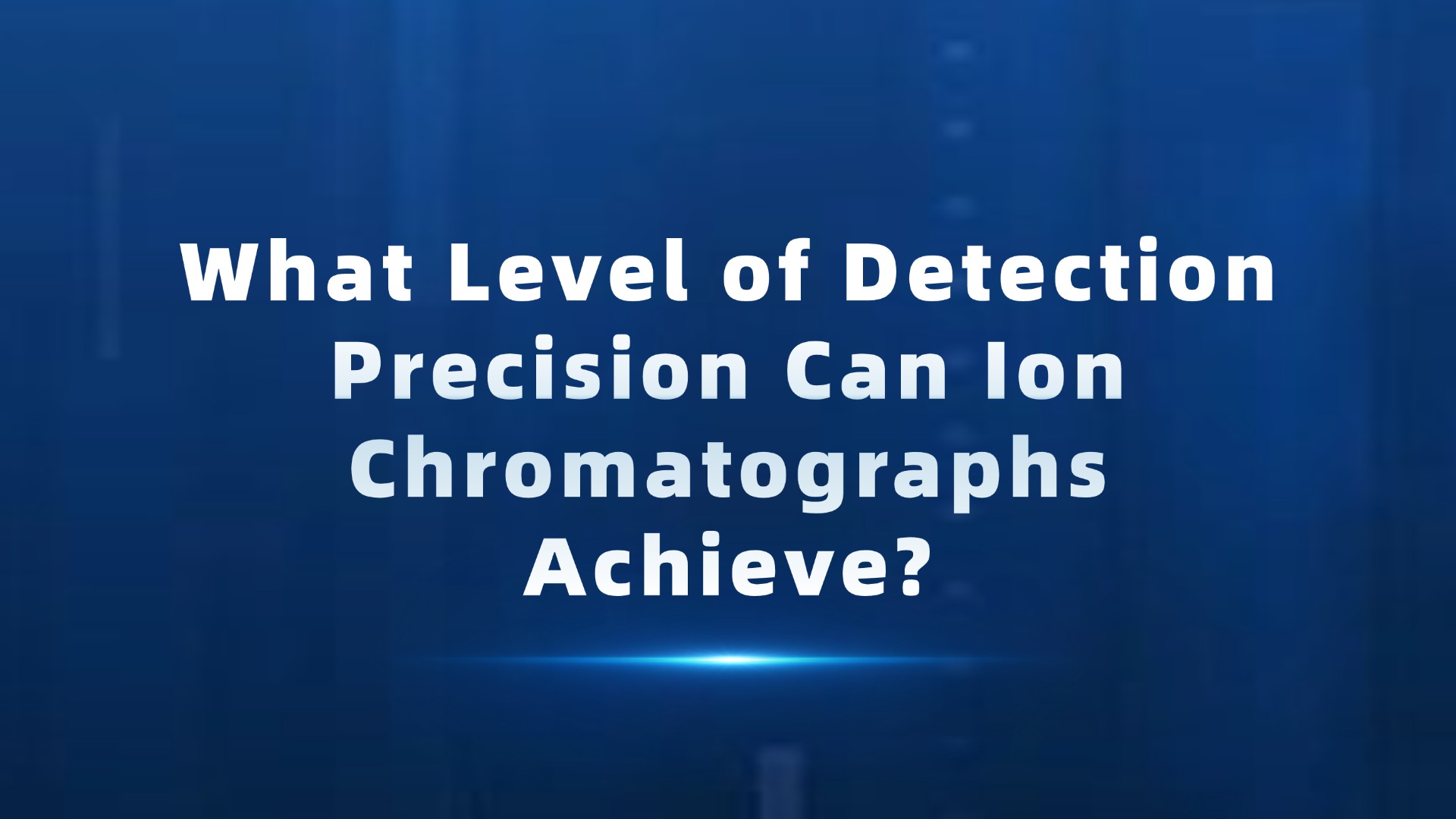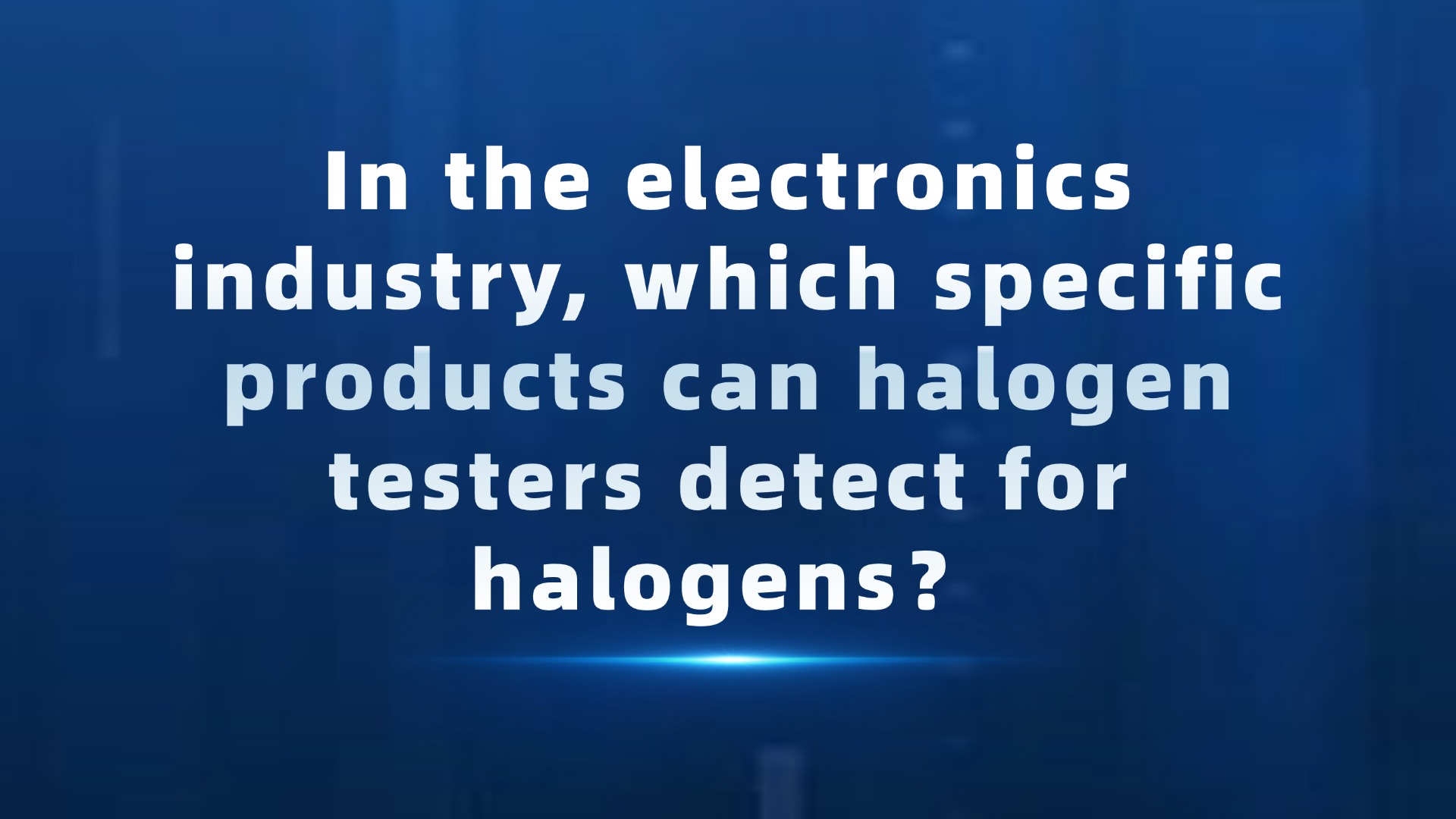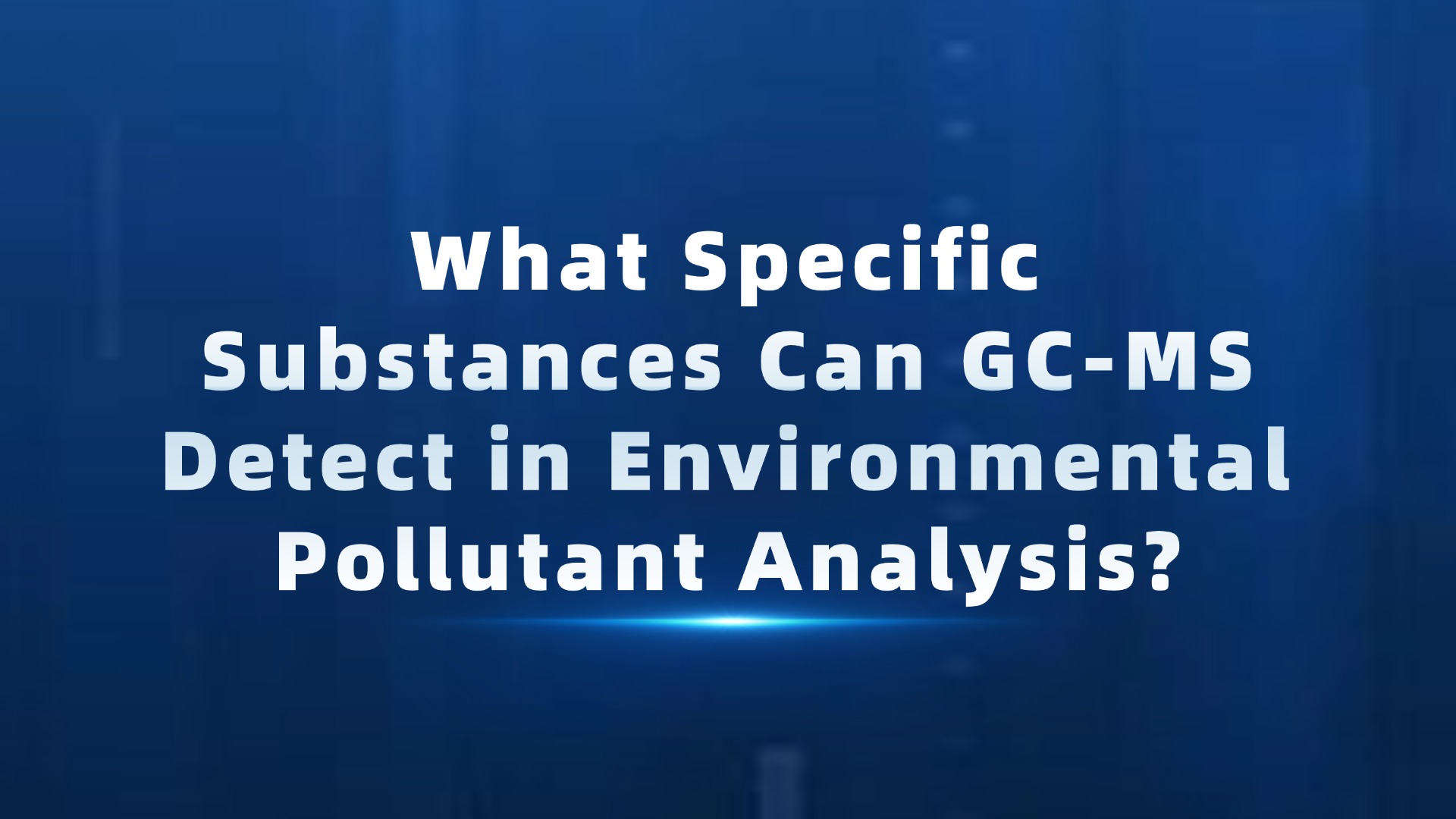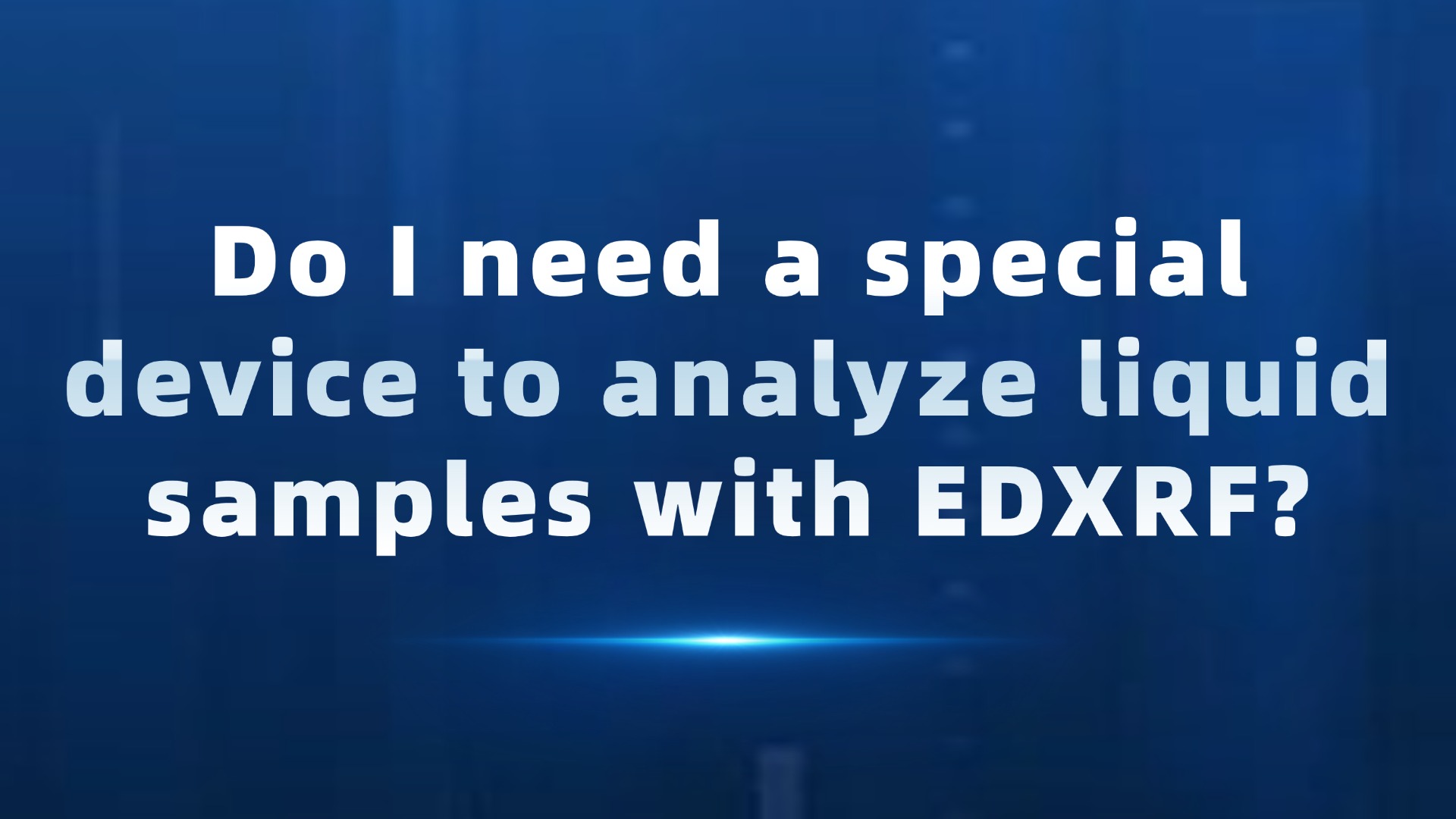The latest version of the hazardous substance standard (16th edition general public version) for the famous Japanese company S was released on March 1, 2018 and will be officially implemented on April 1, 2018. The components, materials, and other items purchased by relevant enterprises, as well as electronic products that meet specific applicable scope, must comply with the control requirements specified in this technical standard.
Compared to the 15th edition, the main revisions of the 16th edition standard are as follows:
● The management level of four phthalates (DEHP, DBP, BBP, DIBP) in the components and materials used in electrical and electronic products (excluding those used in battery products) has been raised from level 2 to level 1, and the expression "components and materials used in areas where electrical and electronic products come into long-term contact with the skin (such as handles, handles, etc.)" in the original level 1 requirement has been deleted;
● Revise the exemption clauses for lead and cadmium, with reference to the revised Directive (EU) 2017/1009 on the exemption clauses in Annex III of the EU RoHS 2.0 Directive;
● Delete the expired exemption clause "Lead contained in glass of CRT (cathode ray tube, cold cathode tube)";
● The threshold level of hexabromocyclododecane (HBCDD) has been adjusted from "0.1 wt% (1000 ppm) intentionally added or in finished products" to "0.01 mass% (100 ppm) intentionally added or in finished products";
● The scope of Level 1 control for ozone depleting substances (ODS) has been expanded to include substances in Appendix A, Appendix B, Appendix C, and Appendix E of the Montreal Protocol;
● Delete the control requirements for the reaction products (BNST) of diphenylamine with styrene and 2,4,4-trimethylpentene;
● The EU REACH regulation requires the addition of four substances to the list of authorized substances: perfluorohexane-1-sulfonic acid and its salts, bis (hexachlorocyclopentadienyl) cyclooctane (including any cis and trans isomers or combinations thereof), and? (CHR), Benzoanthracene (BaA);
● The threshold level for "batteries other than those mentioned above" in the control requirements for lead and lead compounds in batteries has been adjusted from "0.4 wt% (4000 ppm)" to "0.2 wt% (2000 ppm)";
● Delete the phrase 'zinc air button batteries (excluding those packaged in the same way)' from the requirements for mercury and mercury compound control in batteries, and unify the requirements for mercury and mercury compound control in all batteries;
● Formaldehyde control requirements include relevant limit values and testing methods for hardwood plywood, particleboard, and medium density fiberboard (including thin body medium density fiberboard) in newly added products.




